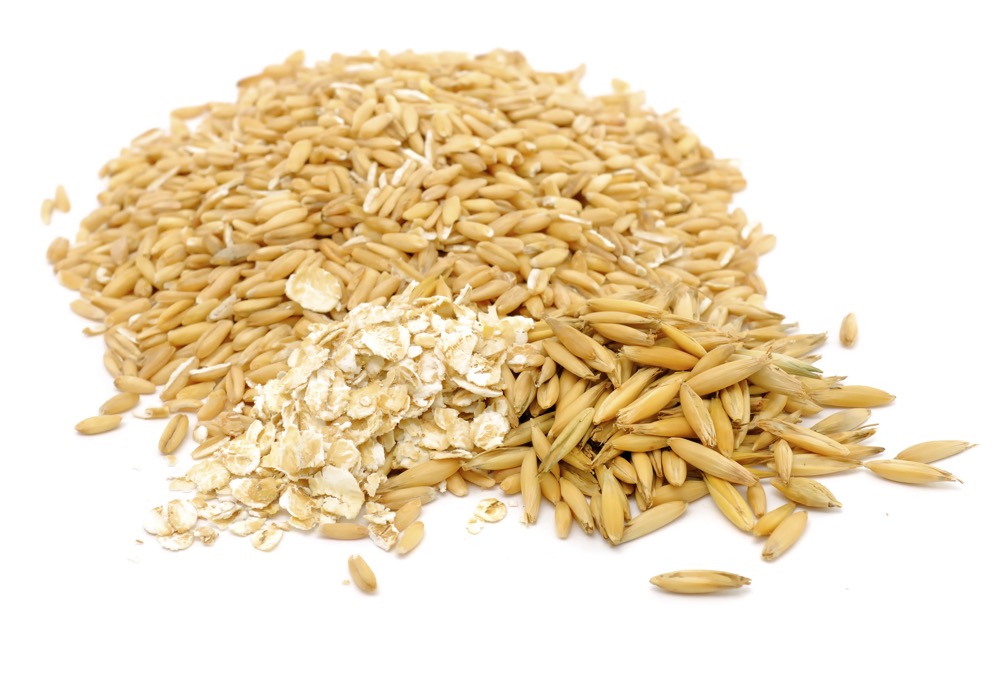One of my favourite bands from back in high school is set to headline a free concert at my hometown’s annual summer festival this year. I’m looking forward to it, but at the same time, it serves as a reminder that I’ve been around for a while and not so young anymore.
Oats knows?
Oats have been around for a while, too, and are even having a bit of a heyday in the public consciousness, as oat milk has worked its way into being one of the most popular non-dairy beverages at grocery stores and coffee shops alike. However, this year, a glut of supplies and relatively poor prices saw Canadian farmers seed the lowest area to the grain ever in data going back over a century. Statistics Canada reported only 2.5 million acres of oats were seeded in 2023. That was down by 35.6 per cent on the year and well off the levels from back in the day when the crop was grown to feed horses.
Read Also

The poetic epic of Manitoba farming 2025
Former Manitoba Co-operator editor John Morriss returns for his yearly poetic sum up of the farming year and look ahead into 2026.
There was also a time when the oats futures market was seen as a barometer of sorts. Where oats went, corn would follow was the idea, with longtime traders claiming “oats knows.” Looking at the historical charts, there remains a correlation, with even canola following a similar pattern as oats. However, oats futures these days can be very volatile, with low volumes often leading to erratic swings where a few players can easily move the market. Oats have primarily become a cash market, like a band 30-plus years into its career — still rocking hard and fun to watch, but perhaps not the influence it once was.
U.S. wheat exports
Wheat is still very much in its prime, but there have also been signs of sluggishness in U.S. exports. The U.S. wheat marketing year begins June 1, and export sales commitments through the first month of the crop year reported by the U.S. Department of Agriculture are at some of their lowest levels ever. Production concerns with the U.S. winter wheat crop and persistent weather issues in spring wheat- growing regions of the world have supported futures prices, while the uncertain situation in Ukraine remains a feature in the background, but the lack of demand is a bearish anchor on prices.
Canadian wheat bids follow the U.S. futures closely, but in looking for the good in everyone, the export picture is much more optimistic on the north side of the border. Forward sales data in Canada is not so read- ily available, but old-crop Canadian wheat sales continue at a solid pace. Canada has exported nearly 18 million tonnes of wheat with only one month left in the Canadian marketing year, which is up from only 10 million at the same point a year ago.
















